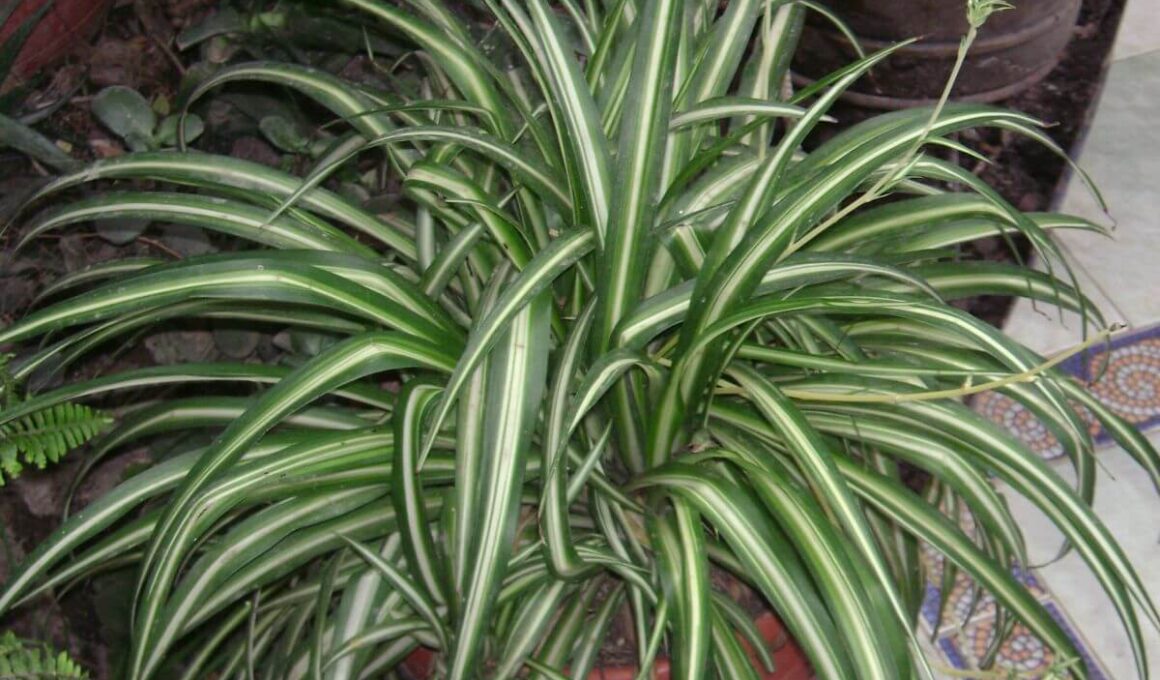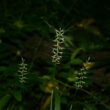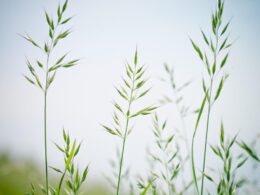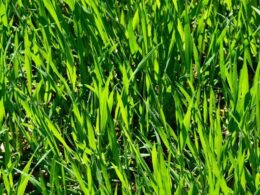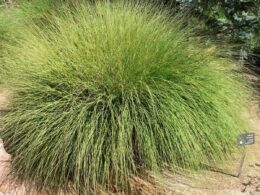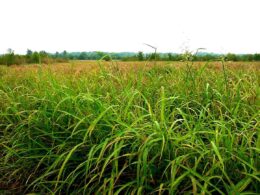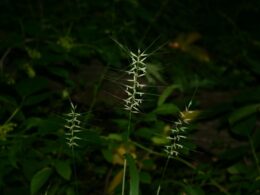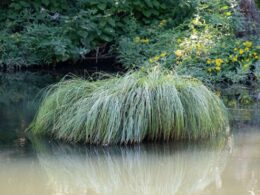Ribbon Grass
Ribbon grass, also known as reed canary grass or Phalaris arundinacea, is a perennial grass that is native to Europe, Asia, and North Africa. In its natural habitat, it grows in wet meadows, along riverbanks, and in other damp areas. Ribbon grass is also a common sight in cultivated gardens, where it is often used as an ornamental plant.
The grass blades of ribbon grass are long and narrow, and the foliage is mat and green. The flowers of the plant are borne in dense spikes that can range in color from white to pink to purple. Ribbon grass is a widely distributed species, and it can be found in many parts of the world.
Variegated Ribbon Grass Foliage
Ribbon grass is a popular ornamental grass that is known for its distinctive foliage. The leaves of the grass are variegated, meaning that they are two-toned or multicolored. Typically, the leaves are green with white or pinkish stripes running along the length of the blade. The pink variation is often called strawberries and cream ribbon grass, and the plant itself has been nicknamed gardener’s garters. The grass grows in clumps and can reach up to three feet in height.
Phalaris Arundinacea as Ornamental Grass
Phalaris arundinacea is often used as an ornamental grass. It grows in clumps and can reach heights of up to 3 feet. Ribbon grass is tolerant of a wide range of soils and prefers full sun. It is also tolerant of drought and salt spray, making it an ideal choice for coastal gardens. When grown as an ornamental grass, Phalaris arundinacea provides contrast and texture to the garden. It can be used as a focal point or mass planted to create a billowing effect.
Phalaris Arundinacea Variegate Picta
There are many cultivars of ribbon grass, the most popular is variegation Picta. This ribbon grass grows up to 6 feet and has green and white blades. If you are looking for a unique ornamental grass for your garden, consider Picta. You will be sure to impress your neighbors with its beautiful foliage.
Ribbon Grass in Your Garden
Ribbon grass is a hardy plant. The grass is a relatively low maintenance plant and does not require much fertilizer or water. However, it prefers full sun to partial shade. Ribbon grass is also relatively drought-tolerant, but prefers moist soil.
It can be propagated by seed, division, or root cuttings.
- To propagate by seed, sow the seeds in a sunny location in late spring.
- To propagate by division, divide the rhizomes in early spring or fall.
- To propagate by root cuttings, take 4-inch cuttings from young plants in early spring or fall and plant them in well-drained soil.
Ribbon grass can be aggressive and may need to be controlled by mowing or herbicides if it is not kept in check.
Is Reed Canary Grass Invasive?
Reed canary grass is a highly invasive, deep-rooted perennial grass that is native to Europe and Asia. It was introduced to North America in the early 1800s as a forage crop and quickly spread across the continent. Today, reed canary grass is one of the most common invasive species in the United States, where it invades wetlands, prairies, and other natural habitats.
Spreading Habit
It has a spreading habit, which means that it can spread quickly and fill in gaps in the landscape. Ribbon grass spreads by rhizomes, which are underground stems that send out new roots and shoots. When rhizomes come into contact with soil, they will begin to grow and form a new plant. Ribbon grass can be difficult to control. If you do not want it to spread, you will need to remove the rhizomes regularly. However, if you allow it to spread, it can create a dense mat of grass that can crowd out other plants.





